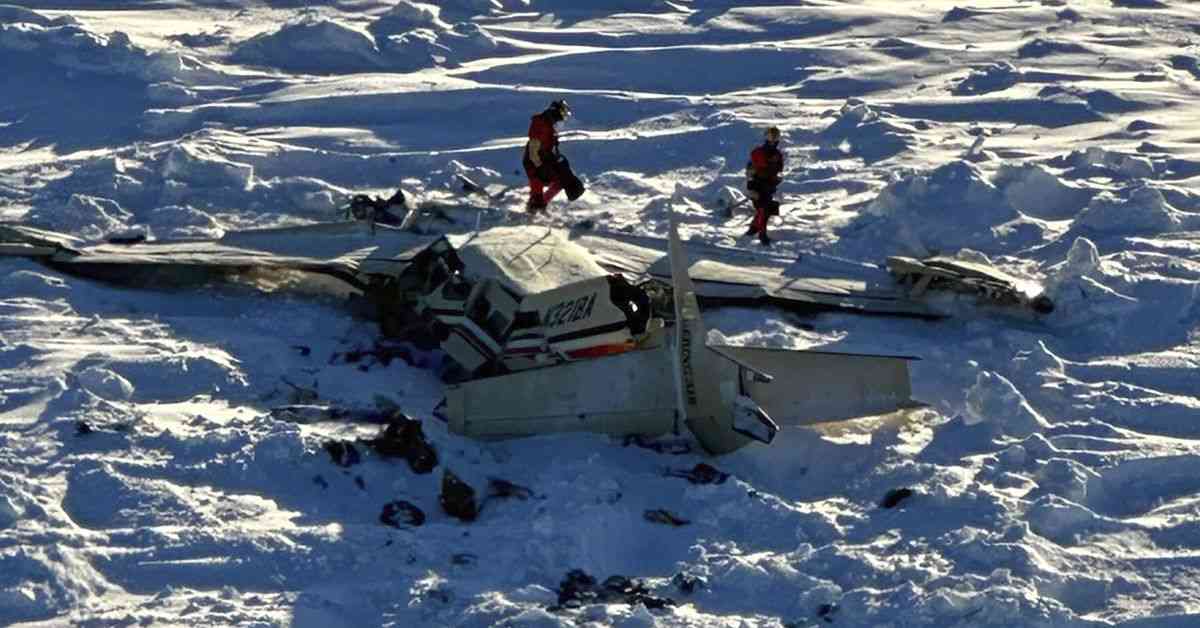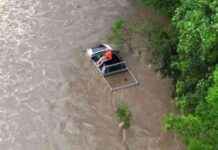Ten victims have been recovered from a tragic plane crash that shook the small community of Nome, Alaska, leaving residents devastated and in mourning. The regional airline flight, carrying nine passengers and one pilot, took off from Unalakleet on Thursday afternoon before disappearing, only to be found on Friday about 54 kilometers southeast of Nome, the intended destination. Officials have confirmed that all 10 individuals on board the Bering Air plane were declared dead, with the pilot identified as 34-year-old Chad Antill of Nome, and the passengers named by Alaska State Troopers.
The Tragic Discovery and Recovery Efforts
According to the Nome Volunteer Fire Department, the bodies of all 10 victims have been officially recovered and identified, marking a somber moment for the tight-knit community. As the wreckage of the small commuter aircraft now rests on unstable sea ice, officials are faced with challenging conditions, including heavy snow and winds that are expected to impact recovery operations. The process has been further complicated by the dynamic and ever-changing nature of the crash site, with winter weather advisories in effect until Sunday evening, adding to the urgency of the recovery efforts.
Amidst the devastating loss, the community has come together to mourn and support one another during this difficult time. At a vigil hosted by the city of Nome, local pastor Amanda Snyder emphasized the importance of unity and togetherness in the face of tragedy, urging residents not to isolate themselves in grief. The vigil, attended by Alaska Sen. Lisa Murkowski, served as a poignant reminder of the interconnectedness of the community and the profound impact of the loss on everyone involved.
Expert Insights and Investigation
As investigators work tirelessly to determine the cause of the crash, the National Transportation Safety Board (NTSB) has deployed a team of specialists to analyze air traffic control data and assess the circumstances surrounding the incident. NTSB Chair Jennifer Homendy highlighted the complex conditions of the crash site, located on a moving ice floe, which presents unique challenges to recovery and investigation efforts. With a focus on improving safety in Alaska and across the United States, the NTSB is committed to unraveling the mystery behind the sudden and tragic event.
The aviation community in Alaska, known for its close-knit nature and reliance on small planes for transportation, has been deeply affected by the crash, underscoring the interconnectedness of residents and the shared sense of loss. The tragic sacrifice made by victims like Rhone Baumgartner and Kameron Hartvigson, who were on a mission to service a critical heat recovery system in Unalakleet, serves as a poignant reminder of the selflessness and dedication of those involved in serving remote communities across the state.
In the wake of this devastating incident, the community of Nome and beyond has rallied together to honor the memory of the victims and provide support to those affected by the tragedy. As the investigation continues and recovery efforts persist in challenging conditions, the resilience and unity of the community shine through, offering hope and solace in the face of profound loss. The journey ahead may be long and arduous, but with the support of each other and the unwavering dedication of officials, Nome will emerge stronger and more united than ever before.

















